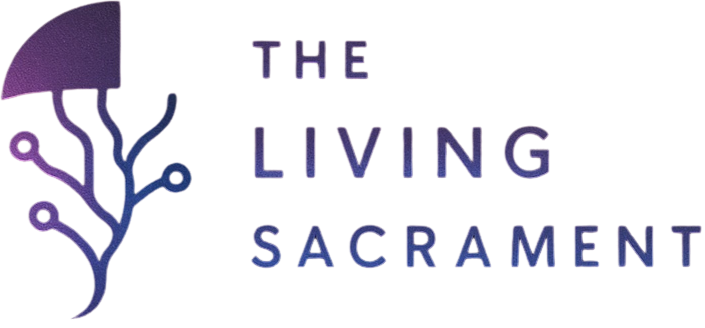Microdosing mushrooms has gained a lot of attention in recent years. People online claim it helps with mood, focus, and even creativity. Instead of taking a full trip dose of magic mushrooms, microdosing means using a very small amount. The goal is to feel subtle benefits without strong psychedelic effects. But does it really work, and what does science say? Let’s dig in.
What Is Microdosing?
Microdosing is taking a fraction of a regular psychedelic dose of psilocybin mushrooms. A common amount is 0.1 to 0.3 grams of dried mushrooms. This is much less than what would cause hallucinations. People usually follow a set routine, like the Fadiman schedule (one day on, two days off) or the Stamets stack (four days on, three days off). These schedules are meant to avoid building tolerance and to let people track how they feel over time.
Reported Benefits from Users
Most of what we know about microdosing mushrooms comes from self-reports. Thousands of people share their experiences in surveys and online forums. The most common benefits they mention are:
- Improved mood: Many say microdosing helps ease mild depression or anxiety.
- Better focus: Users report sharper attention and less distraction at work or in school.
- Creativity: Some people feel more flexible in their thinking and problem-solving.
- Emotional balance: Many describe handling stress with more calmness.
- Connection: A sense of being more present with nature, friends, or family.
These reports are interesting, but they are not the same as hard scientific proof.
What Research Shows
Scientists have started testing microdosing in controlled studies. The results are mixed. One double-blind trial had participants take 0.5 grams of dried psilocybin mushrooms or a placebo. The outcomes showed little measurable difference between the two groups. In fact, many of the reported effects lined up with what participants expected rather than what actually happened.
Reviews of existing studies point out a few key points:
- Placebo effect: Expectations play a big role. If someone believes they will feel better, they often do.
- Small studies: Most trials involve only a few dozen people, which limits the strength of the results.
- Mixed findings: Some research shows small improvements in mood or cognition, while others show no difference compared to placebo.
So far, the scientific evidence is not strong enough to confirm that microdosing mushrooms provides consistent benefits. More large-scale trials are needed.
Possible Brain Effects
Even though human studies are limited, lab research suggests psilocybin may increase neuroplasticity, which is the brain’s ability to form new connections. At higher doses, psilocybin clearly alters brain activity in ways that may support lasting changes in mood and perspective. Whether small microdoses are enough to trigger the same changes is still unclear. (See effects magic mushrooms have)
Risks and Challenges
Microdosing is not risk-free, even if the amounts are small. Some of the challenges include:
- Dose uncertainty: Mushroom potency varies. One gram of dried mushrooms can have very different psilocybin levels depending on the strain.
- Side effects: Some people feel restless, anxious, or get stomach discomfort even at low doses.
- Mental health risks: Those with a history of psychosis or severe anxiety may be more vulnerable to negative effects.
- Legal issues: Psilocybin is still illegal at the federal level in the U.S., though a few states and cities are starting to change their policies.
Because of these factors, microdosing is not as simple as it sounds.
Why People Keep Doing It
Despite the lack of strong evidence, many people continue to microdose. For them, the personal experience of feeling better, calmer, or more creative is enough. Whether those effects come from psilocybin itself or from expectations may not matter much to them. The growing interest also reflects a cultural shift toward exploring psychedelics as tools for mental health.
The Bottom Line
Microdosing mushrooms is said to offer benefits like better mood, sharper focus, and more creativity. While user reports are positive, controlled studies show weaker or inconsistent results. The placebo effect appears to play a major role. At the same time, risks like dosing problems, side effects, and legal issues should not be ignored.
The science is still catching up, but interest is growing fast. For now, microdosing mushrooms remains a mix of personal stories and early research, with more questions than clear answers.
References
- Szigeti B, et al. Self-blinding citizen science to explore psychedelic microdosing. Transl Psychiatry. 2021. https://www.nature.com/articles/s41398-022-02039-0
- Cameron LP, et al. Between enhancement and risk: A critical review of psychedelic microdosing. Neurosci Biobehav Rev. 2025. https://www.sciencedirect.com/science/article/pii/S2352250X25001423
- Johnstad PG. Psychedelic microdosing: personal experiences and challenges. Harm Reduct J. 2018. https://harmreductionjournal.biomedcentral.com/articles/10.1186/s12954-019-0308-4

